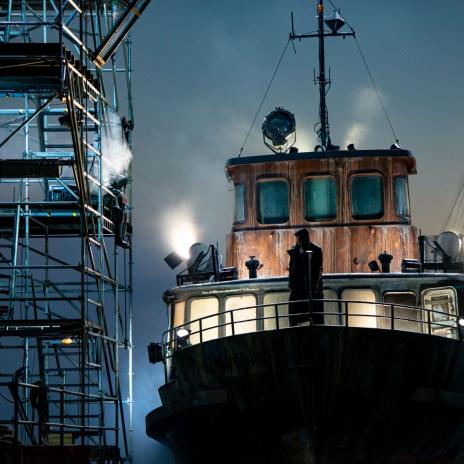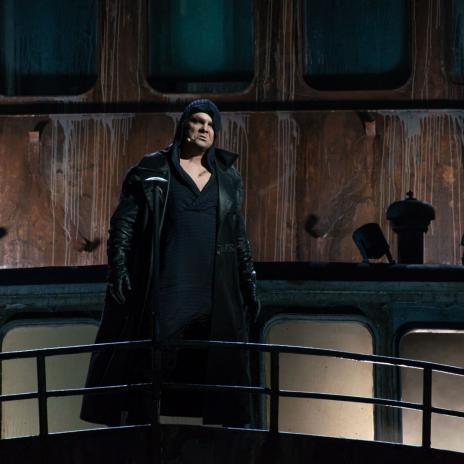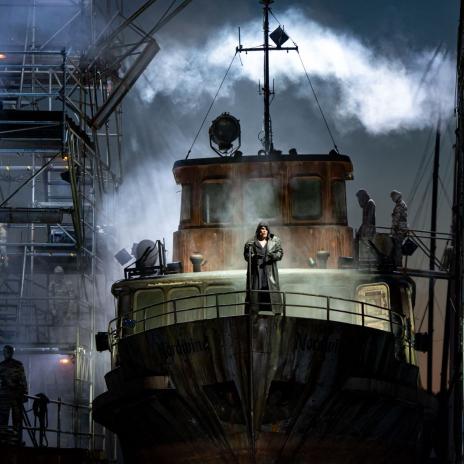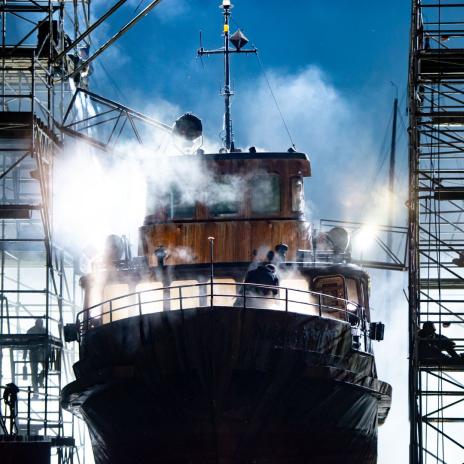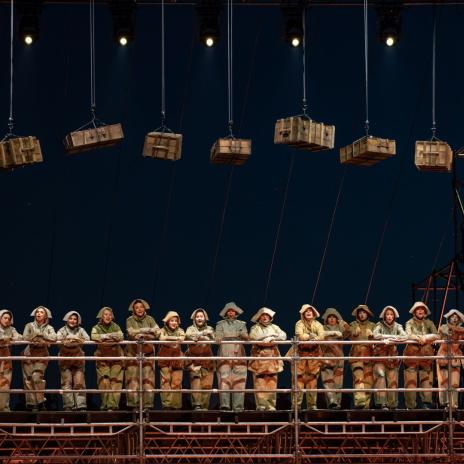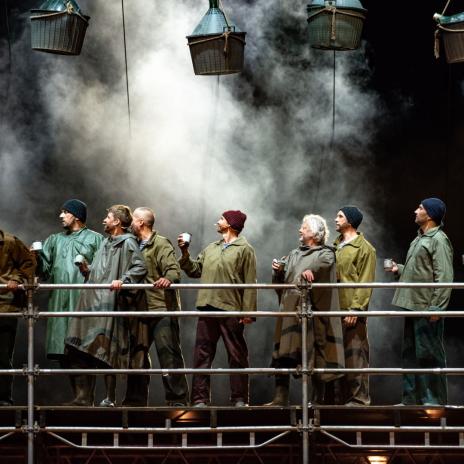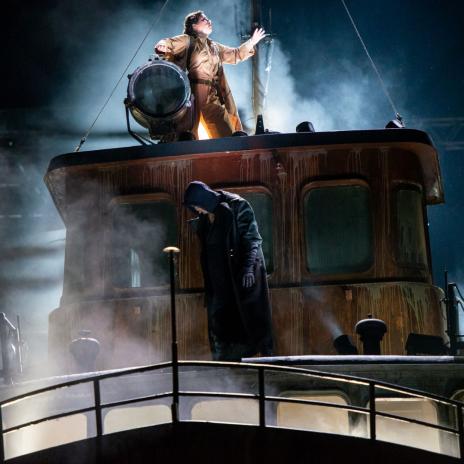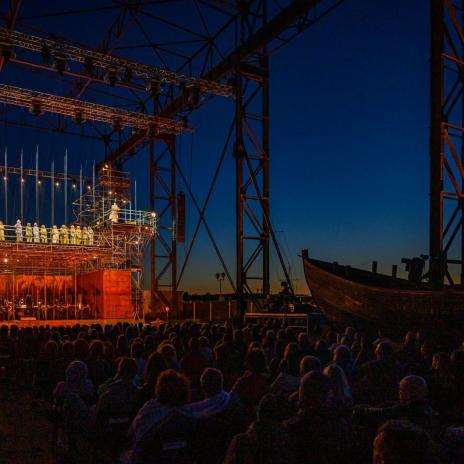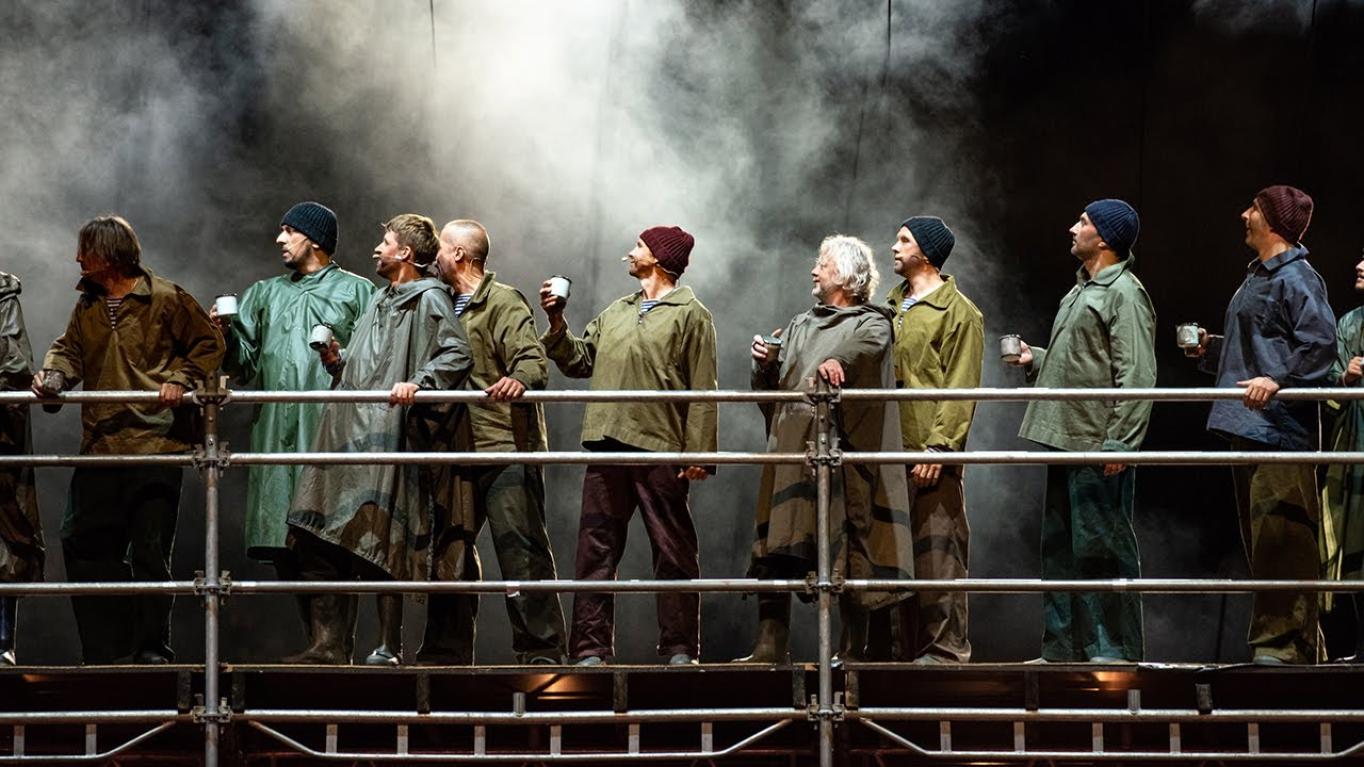

The Flying Dutchman goes ashore and comes full circle
A stormy prelude
Richard Wagner married the German actress Wilhelmine ‘Minna’ Planer in the winter of 1836. Their relationship was tempestuous, with the jealous and possessive composer’s outbursts frequently leaving Minna in tears. The actress also struggled to deal with her husband’s debts and threats from his creditors. Within six months, she left him for another man.
To escape the fiasco, Wagner moved to Riga (then in the Russian Empire), where the 26-year-old became music director of the Court Theatre and engaged Minna’s sister as a singer. Wagner’s wife eventually decided to join him in Riga, but their lifestyle was lavish beyond their means and led to more unpayable debts. The couple planned to run from their creditors but, having suspected such a plan, the authorities confiscated their passports.
Undeterred despite the risk of being shot by border guards, they crossed illegally into Prussia. They then took a wagon to the coast but it overturned en route, crushing Minna and causing her to miscarriage. They finally made it to the port of Pillau (now Baltiysk in Kaliningrad) and set sail for London on board the ship Thetis, which ran into a storm and was forced to berth in a Norwegian fjord. The weather and the shoreline made an impression on Wagner’s imagination, and he asked the sailors about the legend of the Flying Dutchman. After a terrifying 24-day journey for a trip that should have taken eight, Wagner arrived safely in London with his wife by his side and his next opera in his head.
A ghostly ship
The myth of a phantom ship doomed to sail the oceans forever is likely to have originated from the golden age of the Dutch East India Company in the 17th century. The first print reference appeared in John MacDonald’s 1790 travelogue Travels in various parts of Europe, Asia and Africa during a series of thirty years and upward, in which sailors see the Flying Dutchman during a storm. Over the next half-century several stories inspired by the legend appeared in print, including ‘Vanderdecken’s Message Home’ and Samuel Taylor Coleridge’s 'The Rime of the Ancient Mariner'.
Heinrich Heine’s satirical novel Aus den Memoiren des Herrn von Schnabelewopski (‘The Memoirs of Mister von Schnabelewopski’) was the first to introduce the cursed captain setting foot on land every seven years with the chance to be saved through the devotion of a faithful wife. Heine presented this redemptive power of love as a means for ironic humour, but when Wagner wrote his libretto for The Flying Dutchman (Der fliegende Holländer) he took the theme literally and seriously.
A historical event in a historical setting
After 160 years and countless adaptations, The Flying Dutchman finally returned to the shores of the stormy sea in which the idea for the opera first occurred to Wagner. In August 2020, the Klaipėda State Music Theatre staged the very first production of the opera in Lithuania. The project could not have been more ambitious and has been hailed as one of the country’s most celebrated cultural events of the year.
The performance took place in Klaipėda on the hundred-year-old shiplift of the Paul Willy Lindenau Shipyard, whose huge frame structures and hoists provided a spectacular setting for the opera. Staged in the open air, 1000 socially distanced spectators were able to attend the show, in a rare communal experience in a year of multiple lockdowns.
By setting the scene in a shipyard, the artistic team around Concept and Artistic Director Dalius Abaris faced the challenge of dealing with rain and strong gusts of wind. With the help of leading sound engineers and cutting edge audio technology, they succeeded in making both the orchestra and the singers sound as if it were staged in an acoustic concert hall. But the extreme weather conditions was not the only complicating factor of the production: the sound engineers also had to deal with the performers moving constantly across and even beyond a 50-metre stage. Abaris reflects: ‘This was a big challenge, not just for the sound team but also for the performers. When people are separated by over 40-metres distance, the monitoring systems visibility and relationship with the conductor all have to be watertight.’
Both a critical and an audience success, Klaipėda State Music Theatre’s production was nominated at the Lithuanian Theatre Awards ceremony on 27 March 2021, the most important performing arts awards in Lithuania. Out of five nominations in the categories for best director, best set design and best soloist two Golden Crosses of the Stage went to the creative team of The Flying Dutchman: Dalius Abaris was announced Best Director and Tadas Girininkas Best Soloist.
The full performance is no longer available but other material about the production can be found here.

